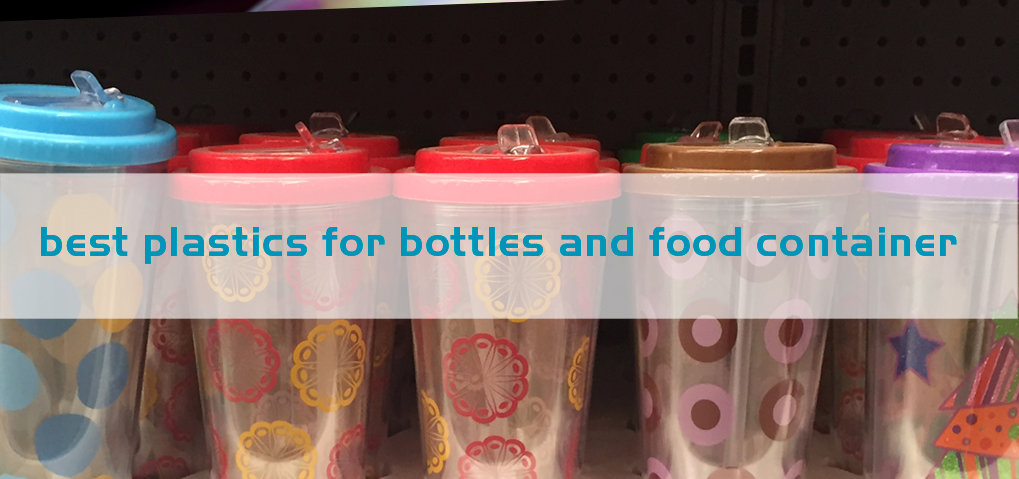Clear polycarbonate and Kostrate® are the highest requested plastic solutions requested from SPI customers right now. With exceptional transparency and high impact strength in low and high temperatures there are many products that benefit from the visual clear grades and heat strength each offers.
Classified as: Generic ABS+PC, polycarbonate (PC) is a group of thermoplastic polymers with chemical structures that contain carbonate groups. Polycarbonate is also valued for their low flammability and clear polycarbonate has replaced glass in many applications. Clear polycarbonate’s is lighter than glass and offers a similar level of transparency.
The unique properties of strength and clarity of clear polycarbonate lends itself to unique applications such as bulletproof windows, eyewear/ eye lenses that are break resistant, signage, digital storage media such as dvds, cds. Although yellowing can be a concern with clear polycarbonate adding a uv-stabilizer to the resin when it gets processed will minimize the discoloration.
As we delve deeper into the uses of colorized or clear polycarbonate and Kostrate®, another popular trait is the low BPA rating. Polycarbonates, including clear polycarbonate, have a very low BPA rating while Kostrate® is a BPA free plastic. Both are often used in food products from food packaging to kitchen utensils because they are safe and considered food grade quality. Visit our next blog for more information on BPA safe clear plastic and it’s usage.
Advantages of Clear Polycarbonate and Kostrate® for Injection and Blow Molding:
- Mold Release
- Lubricated
- Dimensional Stability
- Impact Resistance
- Processability
- Heat Resistance
- Viscosity
Advantages of Clear Polycarbonate and Kostrate® for Plastic Product Specification:
- Solvent adhesive and hot air plastic welds can be used
- Strength at varying temperature.
- Visually clear
- Heat strength
- Flame Retardant
- RoHS Compliant
- Low / Free BPA
A Few Polycarbonate Uses Include:
Appliance components, bottles, electronic applications, food applications, lighting fixtures, medical devices, outdoor applications, packaging, sporting goods, tools, wire and cable applications, writing instruments. Because of its low BPA and reduced concern of toxicity, clear polycarbonate is used in many food and beverage containers and packaging.
Uses for Kostrate® are all of the above with an even higher demand for food packaging, beverage bottles and food storage products. Kostrate® is also used for housewares, paper, soap dispensers, office products and more. It is also becoming a popular choice for infant and toddler toys made entirely of plastic and those that have plastic components. Toy designers and developers appreciate the safety and security the BPA free plastic offers, especially for toys that may find their way into children’s mouths.
Comparisons of Clear Polycarbonate, and Kostrate® and Acrylic
A highly desirable clear plastic similar in transparency to clear polycarbonate and Kostrate® is acrylic. Acrylic is known as a brittle clear category and polycarbonate is in the engineered plastics category. Kostrate® is a terpolymer, considered to be the gap filler between brittle clear plastics and engineered clears. As additional transparent plastic options, acrylic is an inexpensive and versatile material that can also be utilized for many applications to replace glass and other transparent material. Kostrate® is the only one of these three transparent plastics that is 100% BPA Free. The list of differences between clear polycarbonate, Kostrate® and acrylic are not necessarily advantages or disadvantages between the three plastic substances. What makes one better than the other is relative to the end use product.
All three clear plastics are stronger and lighter than untempered glass, acrylic is 4 to 8 times stronger than glass and Kostrate® and polycarbonate is around 200 times stronger. Because of its impact resistance, using Kostrate® or clear polycarbonates to replace glass is preferred to acrylic in many cases due to acrylic’s susceptibility to cracking.
Other differences can be factors as well such as acrylic’s shiny appearance. Polycarbonate and Kostrate® although more impact resistant, are easier to scratch. None of these plastics are good choices for items that will be used on a stove. Polycarbonate is good for use to about 250 degrees F, Kostrate® can become distorted as such high temperatures and acrylic is only good to about 175 degrees F. Kostrate® is more durable with less chance of shattering than both polycarbonate and vinyl plus offers the BPS free characteristic. All of these plastic options can be colorized also if transparency is not desired.
Disadvantages of Kostrate®:
- Minor odor (which can be addressed during processing)
- Heat distortion temperature
- Scratching
- Lower Rockwell Hardness
Disadvantages of Clear Polycarbonate:
- Can be subject to stress cracking
- High processing temperatures required
- Degrades upon extended residence time in processing equipment
- Only fair chemical resistance is only fair
- Aromatic sensitivity
- Yellowing over time
Disadvantages of Acrylic:
- Poor solvent resistance
- Subject to stress cracking
- Slightly absorbs moistures
- Continuous service temp. (melts easily)
There are many plastic resin options available when manufacturing parts. The considerations vary depending on the end use of your product. For the highest success, research the properties of each plastic, the expense, life span, heat capabilities, and strength before you hit the injection molding or blow molding manufacturing phase. Give us a call today to discuss best options for your custom product.
